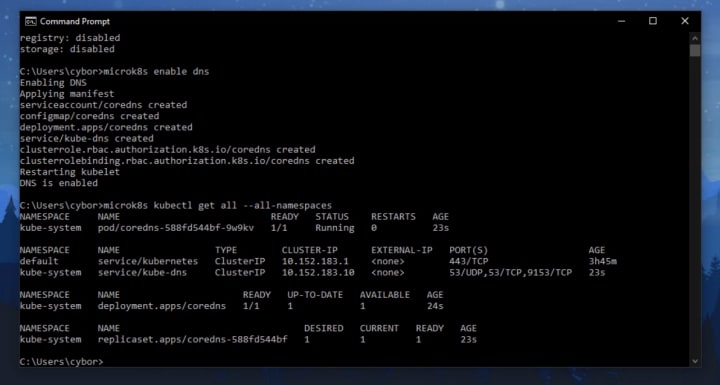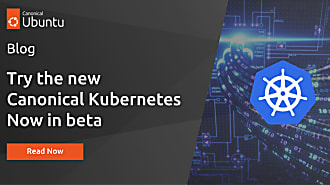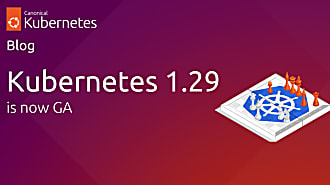Canonical
on 2 June 2020
MicroK8s now native on Windows and macOS

Windows and macOS developers can now use MicroK8s natively! Use kubectl at the Windows or Mac command line to interact with MicroK8s locally just as you would on Linux. Clean integration into the desktop means better workflows to dev, build and test your containerised apps.
MicroK8s is a conformant upstream Kubernetes, packaged for simplicity and resilience. It provides sensible defaults and bundles the most commonly used components for at-your-fingertips access. A single-node install is one command and done in seconds, which makes it easy to add or remove from any system.
MicroK8s is widely used by developers for local testing. After installing it, you can start and stop Kubernetes with a single command to conserve battery. With built-in GPGPU acceleration, Istio, Prometheus, Jaeger and many other popular services on tap, it serves as a complete workstation edition of K8s. All of this capability is now neatly accessible from the Windows and macOS command-line.
MicroK8s is also popular for CI/CD pipelines which create a fresh VM or cluster for each test run on demand. The simplicity of MicroK8s makes automation straightforward, and the speed of install reduces total test run times and resource consumption.
Windows
The new installer for Windows is a standalone executable file, available from microk8s.io.
Behind the scenes, MicroK8s on Windows uses Multipass with Hyper-V or VirtualBox to drive a dedicated Linux VM that hosts your Kubernetes. MicroK8s on Windows does the work of starting, stopping and managing that VM and the Kubernetes itself.

Get started with MicroK8s on Windows ›
macOS
Install MicroK8s on macOS with the Homebrew package manager:
brew install ubuntu/microk8s/microk8s
Here too, Multipass runs in the background to bring up a VM to host MicroK8s, transparently to the end user.

Get started with MicroK8s on macOS ›
Linux
On Linux, nothing has changed:
snap install microk8s --classic
To get an overview of MicroK8s state while it is coming up:
sudo microk8s status --wait-ready
Notice anything different? Yes, all MicroK8s commands now support a non-dotted format. So ‘microk8s status’ and ‘microk8s.status’ are the same. This change is effective on Linux, Windows and macOS. The new version also supports the old dotted format for backwards compatibility.
Get started with MicroK8s on Linux ›
MicroK8s 1.18 comes with other significant features too, such as Kubeflow 1.0 for AI/ML research and development. Kubeflow manages data science pipelines on Kubernetes, with Tensorflow and other processing elements.
Appliance, gadget makers and manufacturers increasingly want to use Kubernetes on their IoT or edge service. MicroK8s 1.18 introduced a snap interface that enables seamless interaction with other snap packages on the same host, giving them a local Kubernetes to drive. The Canonical support announcement for Kubernetes 1.18 and the Kubernetes community blog have further details. Also, if you are into SBC hacking and tinkering, here is a great tutorial to build a RaspberryPi K8s cluster.
Learn more about MicroK8s at microk8s.io.



